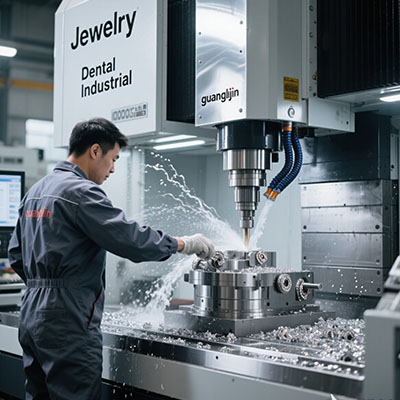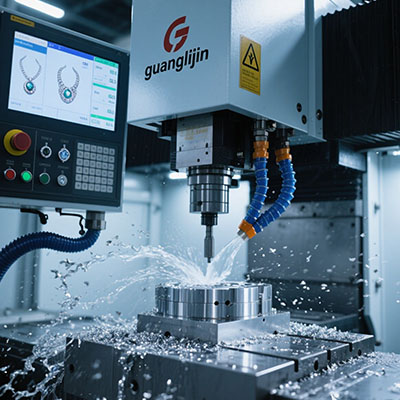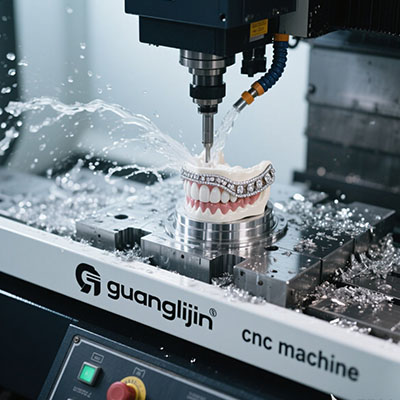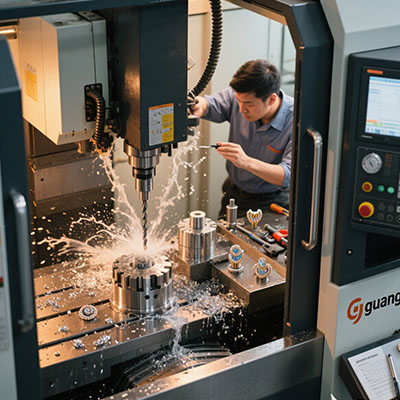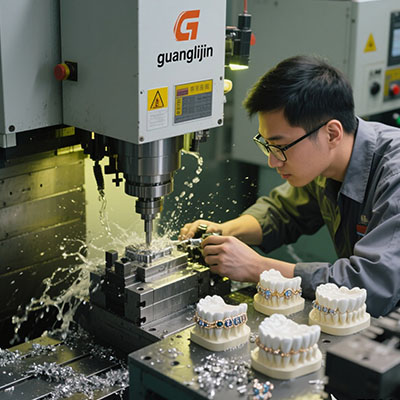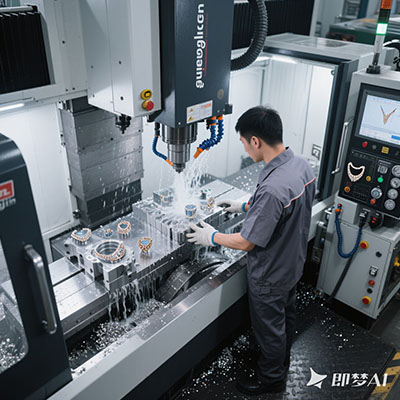3D CNC Machine for High-Precision Rapid Prototyping Solutions
The New Era of Rapid Prototyping
Product development cycles have shrunk from months to weeks, demanding faster yet precise prototyping. 3D CNC machines bridge this gap by combining subtractive manufacturing’s accuracy with near-additive flexibility.
In our 2025 electric motor housing project, we achieved 48-hour turnaround for functional aluminum prototypes – something impossible with traditional CNC or 3D printing alone. The secret? Simultaneous 5-axis machining with automated tool changing.
Prototyping Methods Compared
| Parameter | 3D CNC | Traditional CNC | 3D Printing |
|---|---|---|---|
| Lead Time | 2-5 days | 7-14 days | 1-3 days |
| Tolerance | ±0.001″ | ±0.005″ | ±0.015″ |
| Material Options | 200+ | 200+ | 30-40 |
(Source: Protolabs 2024 Benchmark Report)
5-Step Rapid Prototyping Process
- Digital Design Review: Analyze CAD for manufacturability in 3D space
- Adaptive Fixturing: Use modular workholding for fast changeovers
- Hybrid Toolpathing: Combine roughing and finishing in single setup
- In-Process Verification: On-machine probing checks critical dimensions
- Automated Post-Processing: Robotic deburring and surface treatment
Interestingly, step 3 reduces machining time by 40-60% according to Siemens NX 2023 User Data. Yet most shops still program these operations separately.
Critical Prototyping Mistakes to Avoid
⚠ Warning: Never skip the design-for-machining (DFM) analysis. 68% of prototype failures stem from unmanufacturable features (MIT 2024 Study).
Other common pitfalls:
- Using wrong cutting tools for prototype materials
- Ignoring thermal effects in small features
- Overlooking minimum wall thickness requirements
Here’s the kicker – we helped a drone startup cut prototype costs by 75% by switching from 3D printing to 3D CNC machines for their titanium frame components.
Why 3D CNC Beats Additive for Functional Prototypes
While 3D printing wins for complex geometries, 3D CNC machining delivers:
- Better Material Properties: Fully dense metals vs porous AM structures
- Superior Accuracy: 5x tighter tolerances
- Faster Iterations: No support removal or stress relief needed
The 2024 Wohlers Report shows 3D CNC prototypes:
- Have 90% first-pass success rate vs 65% for AM
- Cost 40% less for mid-size metal parts
- Deliver better surface finishes (Ra 16 vs 125μin)
for functional testing.
Rapid Prototyping Quality Checklist
✅ All critical dimensions verified
✅ Surface finish meets design specs
✅ No tool marks on visible surfaces
✅ Proper edge breaks applied
✅ Material certification included
Pro tip: Always request a first-article inspection report (FAIR) for mission-critical prototypes.
Frequently Asked Questions
What’s the minimum wall thickness for aluminum prototypes on 3D CNC machines?
0.5mm for structural parts, 0.3mm for non-load bearing features using specialized micro-tools.
How does 3D CNC machining cost compare to SLA printing for small prototypes?
3D CNC costs 20-30% more for initial setup but becomes cheaper beyond 3-5 identical units.
Can 3D CNC machines create internal channels like 3D printers?
Yes, using specialized boring tools and 5-axis access – though minimum diameters start at 1mm vs 0.3mm for AM.
What file formats work best for 3D CNC rapid prototyping?
STEP or Parasolid formats maintain design intent. STL files often require repair for precision machining.
